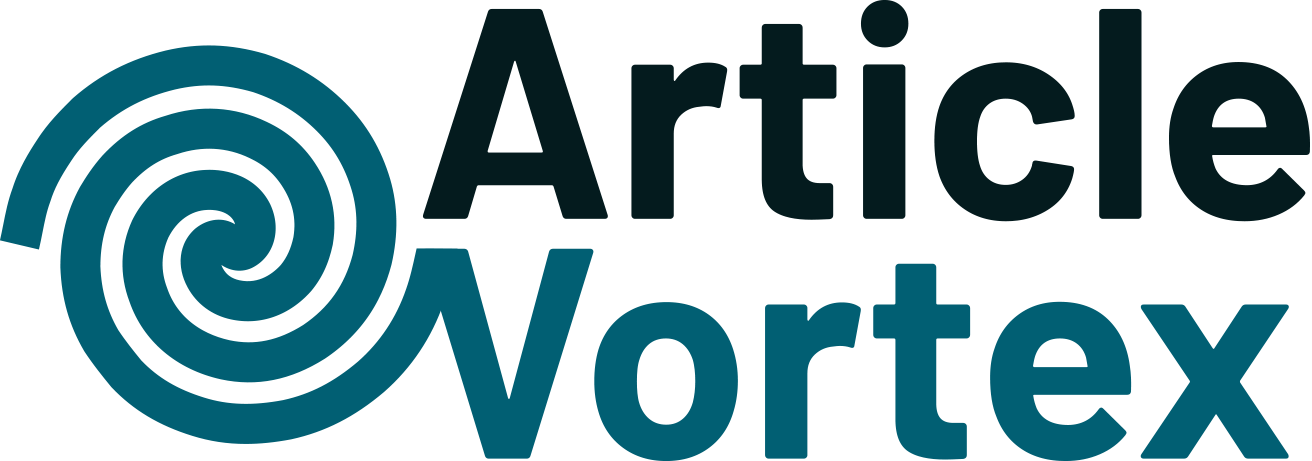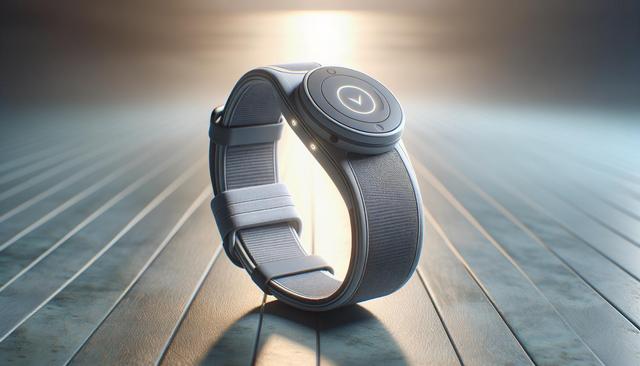Understanding Stroke Recovery Challenges
Recovering from a stroke can be a long and complex journey. Depending on the severity and area of the brain affected, individuals may experience a range of physical and cognitive impairments. These can include difficulty with movement, speech, memory, or coordination. Traditional rehabilitation often involves physical therapy, occupational therapy, and speech therapy, which require consistent effort and monitoring. One of the primary challenges in this process is ensuring continuity of care outside clinical settings. Many patients find it difficult to maintain the same level of support once they return home, which can hinder progress and lead to frustration or loss of motivation.
Another issue is the limited ability to track improvements in real-time. In-clinic evaluations are usually scheduled at intervals, which means subtle improvements or declines may go unnoticed between appointments. This delay in feedback can impact the effectiveness of therapy and reduce the chances of timely intervention. Wearable technology is beginning to address these issues by offering continuous monitoring, data collection, and feedback mechanisms that can be used both by therapists and patients themselves.
The Rise of Wearable Stroke Recovery Devices
Wearable devices for stroke rehabilitation are designed to support the recovery process by collecting data, guiding therapy, and enhancing patient engagement. These devices can be worn on the wrist, arm, leg, or even integrated into clothing. Some focus on tracking motion, while others assist with specific rehabilitation exercises through sensory feedback or robotic assistance. They are increasingly being integrated into rehabilitation programs to supplement traditional therapy with technology-driven insights and tools.
Key features of wearable stroke recovery devices often include:
- Motion tracking sensors to monitor limb movement and range
- Biofeedback systems to provide real-time performance cues
- Connectivity to mobile apps or cloud platforms for data sharing
- Reminders and prompts to encourage consistent use
These features help create a more personalized recovery experience. For example, a device can alert a patient when their arm is not moving enough during daily activities or suggest corrective actions. Therapists can review collected data to tailor exercise routines more effectively and track adherence to prescribed regimens.
How Wearables Improve Patient Engagement
Adherence to rehabilitation exercises is critical for recovery, but many patients struggle with motivation, especially when progress feels slow. Wearable stroke recovery devices can help enhance engagement by turning therapy into a more interactive and rewarding experience. Some devices use gamification elements, such as setting daily goals or earning achievements, to encourage regular usage. Others provide immediate feedback, which can give patients a sense of accomplishment and help them understand their progress more clearly.
Moreover, these devices often allow patients to track their own data through companion apps. This transparency empowers users to take a more active role in their recovery. They can see improvements over time, identify patterns, and adjust their efforts based on feedback. This level of involvement often leads to more consistent therapy adherence and better outcomes over time. In addition to personal motivation, wearable technology also facilitates better communication between patients and healthcare providers, making it easier to adjust treatment plans as needed.
Clinical Benefits and Research Insights
Research into the effectiveness of wearable stroke recovery devices is ongoing, but early results are promising. Studies suggest that patients using wearables may experience greater improvements in motor function and higher levels of therapy compliance compared to those relying solely on traditional rehabilitation. The ability to collect continuous data allows clinicians to make more accurate assessments and intervene proactively when necessary.
Clinical trials have highlighted several advantages of incorporating wearable technology into stroke recovery, including:
- Improved tracking of patient progress outside clinical settings
- Enhanced patient motivation and participation
- Timely adjustments to therapy plans based on real-time data
- Increased access to rehabilitation tools for patients in remote or underserved areas
These benefits not only support better health outcomes but may also reduce healthcare costs by minimizing the need for frequent in-person visits. However, it’s important to note that wearable devices are most effective when used in conjunction with professional guidance and not as a replacement for traditional therapy.
The Future of Stroke Rehabilitation Technology
As technology continues to evolve, wearable devices for stroke recovery are expected to become more advanced and accessible. Developments in artificial intelligence and machine learning may enable these devices to offer predictive insights, such as identifying early signs of a setback or suggesting therapy adjustments before issues arise. Additionally, improvements in comfort and design may lead to increased adoption among users who may otherwise have reservations about using technology daily.
Future innovations are likely to focus on:
- Greater integration with telehealth platforms
- More intuitive user interfaces for older adults
- Expanded support for different types of impairments
- Broader insurance coverage and affordability
With these advancements, wearable stroke recovery devices could play a central role in shaping a more connected, personalized, and effective rehabilitation process. As awareness grows and more healthcare providers embrace these tools, they may become a standard part of post-stroke care plans worldwide.
Conclusion
Wearable stroke recovery devices are transforming how patients and healthcare providers approach rehabilitation. By offering real-time feedback, encouraging consistent therapy, and improving communication, these tools are helping individuals regain independence and quality of life after a stroke. While they are not a substitute for professional care, they serve as powerful companions in the journey toward recovery. For patients, caregivers, and clinicians alike, exploring the potential of wearable technology presents a promising step forward in stroke rehabilitation.












